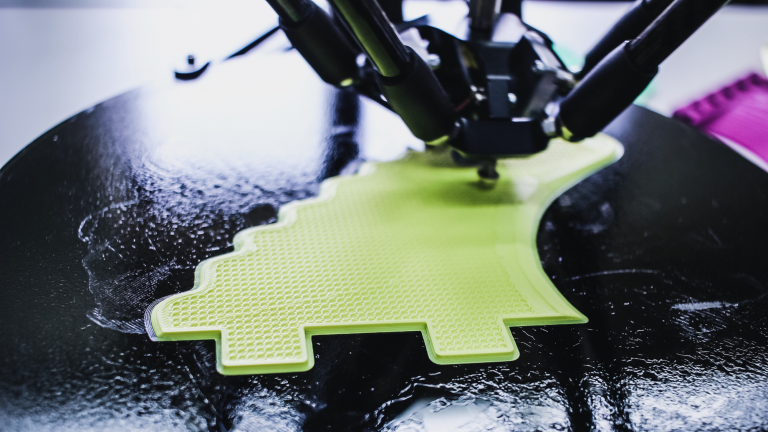There is so much we don't know about the potential health impacts of desktop 3-D printing, but a new study has shined a bit more light on the precautions makers—like me—should be taking.
The news: A two-year study found the printers release ultrafine particles that can get deep into users’ lungs, along with some irritants and carcinogens. But the researchers say much still needs to be investigated to understand how it might affect the health of users. Previous studies have come to similar conclusions.
Printing safely: The new study recommends:
• Operating 3-D printers in well-ventilated areas
• Setting the temperature at the low end of the suggested range
• Moving away from machines while they are in use
• Using machines and filaments that have been verified to have low emissions
Printers are often sold without ventilation systems, and since anyone can now easily buy a printer off Amazon or at a bookstore, many people could be operating them without taking proper safety precautions.
Better safe than sorry: As an avid 3-D-printing hobbyist myself, I’ve definitely made all these mistakes. If anything, I’ll probably be a medical test case. My printers right now sit in their own room next to a door to the outside. I try to leave the room whenever printing is happening, print at lower temperatures and only with filaments that require lower temperatures, and buy from reputable sellers. The dangers may not be huge, but we just don’t know yet. And until that research is done, taking extra precautions is the right move.

